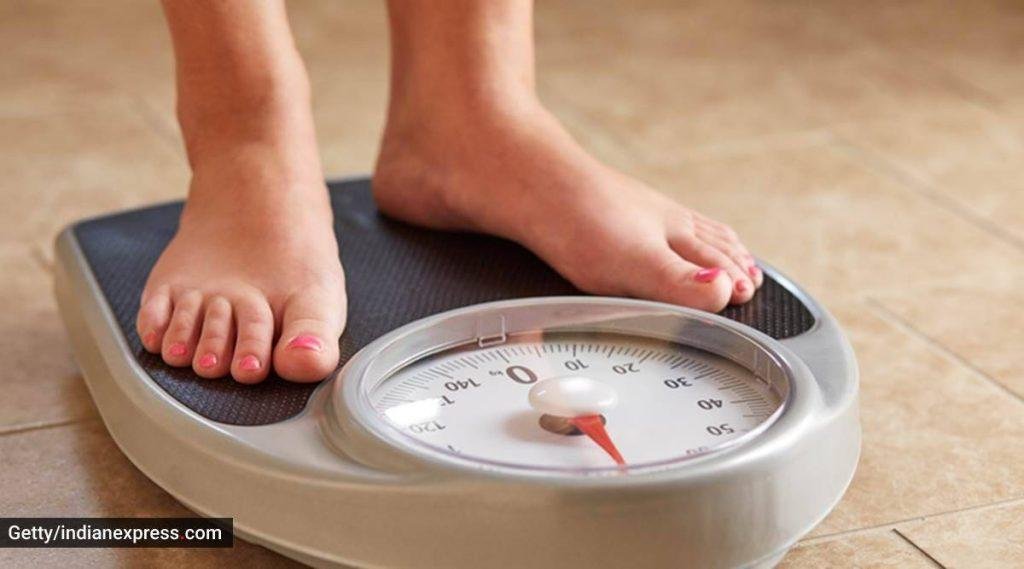‘In a low-carb scenario, the body will assume that energy is not coming and the fat burning will take place. The glycogen storage will be converted as a source of energy as well as the stored fat,” says Dr Namita Nadar, Head, Dietetics at Fortis Hospital, Noida
Bodybuilders are popularising the idea of a carb-cycling diet and is now getting popular with those who follow keto diets. But is it good for you?
There is some evidence that low carb diets, such as carb cycling, may be beneficial for muscle gain and sports performance. A 2017 study suggests that competitive bodybuilders who utilize carbohydrate refeeds, which are periods where they consume more carbs, do so because they believe it enhances fat loss. Participants in the study stated that carbohydrate refeed days increased glycogen stores. They also noticed that these days aided their training performance and helped them mentally recover from their exercise regimes. “There are some benefits and a lot of studies are ongoing. However, researchers need to conduct more studies to investigate the safety and effectiveness of carb cycling,” says Dr Namita Nadar, Head, Dietetics at Fortis Hospital, Noida.
What is carb cycling?
Carb cycling is a routine under which a person consumes carbohydrates based on the number of calories required as per his or her activities during the day and based on workouts and long-term goals. For example, two days a person can consume 200 grams of carbohydrates and for the next two days 100 grams of carbohydrates and the next day may be 80 grams.
As per the diet plan of the person, the calories are decided on the amount of carbs required.
The reason is that your low-carb days put you in a fat-burning state and high-carb days boost your metabolism. “The body will assume that energy is not coming and the fat burning will take place. The glycogen storage will be converted as a source of energy as well as the stored fat,” says Dr Nadar. People can eat whichever healthy and balanced food they want on a carb cycling diet, as long as they do not exceed the amount of carbs their plan allows.
Carb cycling and intermittent fasting
Carb cycling and intermittent fasting are slightly different. In this scenario, a person has to fast for a longer period of time. For instance, you may choose the 16/8 time-restricted fasting: eating for eight hours and fasting for 16.
“During these fasting hours, a person should not take any kind of calories but zero-calorie food like green tea, black tea can be consumed,” she adds.
And then in the eight hours of eating, the low carbohydrate diet can be taken. The total carbohydrate required can be divided into these three to four meals.
How does carb cycling work?
Because we are taking less carbohydrate in our diet and fasting for a longer period of time, the stored fat is being utilized and even the toxins are being consumed by the body as a scavenger. “The digestion improves, the fat loss and rejuvenation of the body will happen. A lot of inflammation will go down and the person feels active because the body produces ketones. These ketones are used by the brain as a source of energy,” says Dr Nadar.
What are the benefits?
Intermittent fasting and a low carb diet will decrease sugar levels, control BP, decrease constipation and acidity, heart burns, maintain BP levels. Also for patients suffering from cancer, carb cycling helps in decreasing the toxin levels of the body. It is very much beneficial in today’s lifestyle diseases as well as for morbid obesity.
Who should do it and who should not?
It cannot be done by diabetic patients for longer fasting but they can do it depending on their age after a proper consultation from a doctor as their food habits and blood sugar levels need regular monitoring. Rest anyone can follow carb cycling and intermittent fasting.
What all should be consumed?
For a low carbohydrate platter, you need complex carbohydrates. Simple carbs contain one or two sugar molecules, while complex carbs have three or more. Complex carbs include starches, such as cereals, legumes, and potatoes. In cereals, ragi, jowar bajra and corn should be consumed. Among fruits, bananas and mangoes are high in calories but apples, papayas and kiwi are low in calories. Go for toned milk. “In the non-vegetarian category, go for chicken and fish. Pulses should be consumed in limited quantities as they are high in carbohydrates,” says Dr Nadar.
SOURCE : https://drnamitadietclinicnoida.com/

